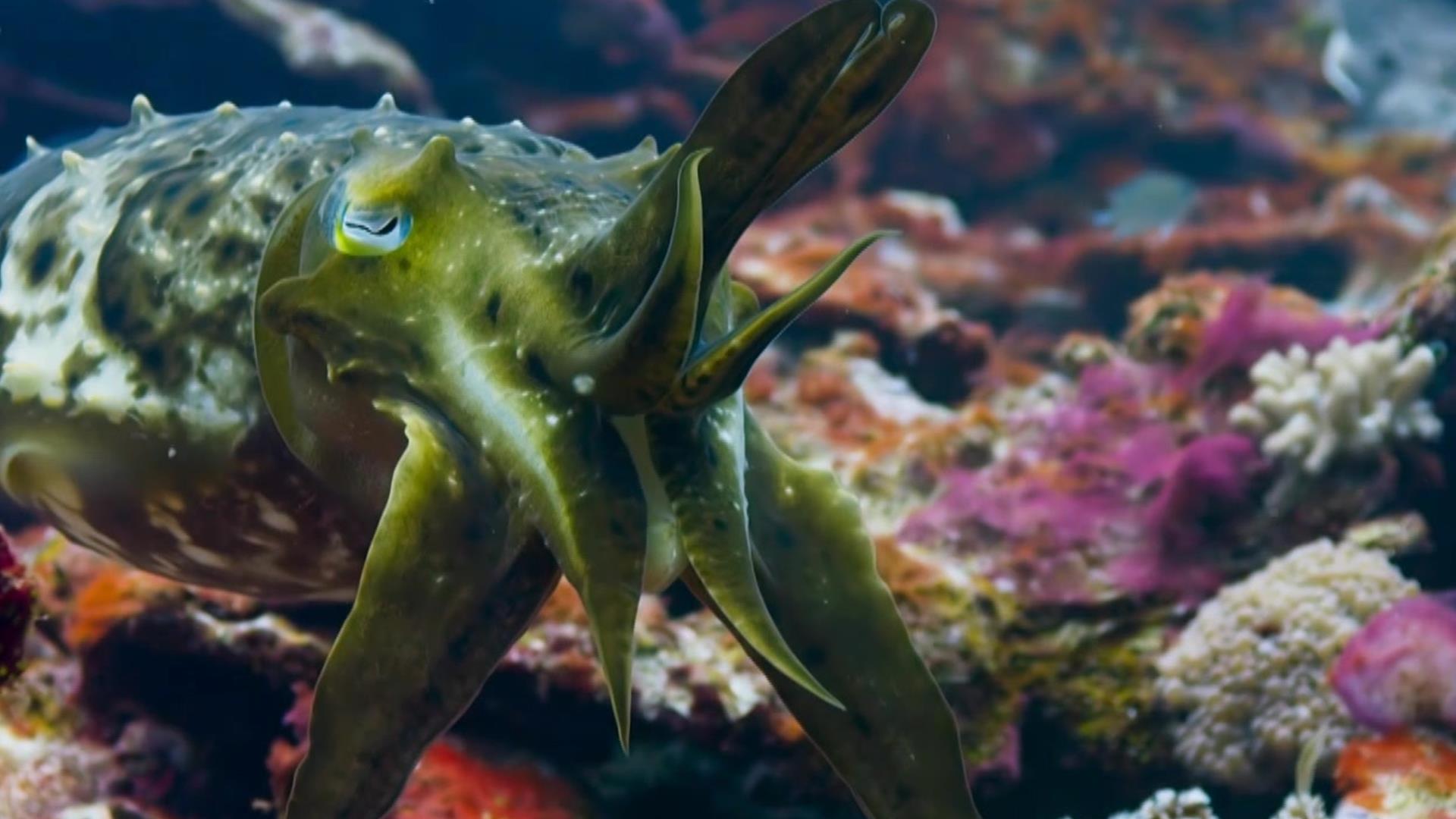
Sea ice forms more slowly than freshwater for two main reasons. Lake ice tends to freeze as a smooth layer, while sea ice develops into various shapes because of the constant turbulence of ocean water.

This sets it apart from other forms of ice like icebergs, glaciers, and lake ice, which form from fresh water or snow. Sea ice grows, forms, and melts strictly in salty ocean water. 13, 2012, in the Bellingshausen Sea with the Digital Mapping System (DMS) on board the NASA DC-8 flying laboratory. This complex mixture of different types of Antarctic sea ice was photographed on Oct.

#BLUE PLANET DEEP SEA BRINE SEA ARCHIVE#
NASA National Snow and Ice Data Center Distributed Active Archive Center (NSIDC DAAC).Greenland Today & Antarctic Ice Sheet Today.Discovery of the deep-sea NEOM Brine Pools in the Gulf of Aqaba, Red Sea. Their work appears in the journal Communications Earth & Environment. “The NEOM Brine Pools, as we name them, extend the known geographical range of Red Sea brine pools, and represent a unique preservational environment for the sedimentary signals of regional climatic and tectonic events,” the researchers said. There are many faults and fractures in the seabed associated with the tectonics of the region in this area of the Gulf of Aqaba. Located close to the coastline, these extremely salty, zero oxygen pools preserve information on tsunami, flashfloods, and earthquakes in the Gulf of Aqaba that took place thousands of years ago. The discovery came in the last five minutes of the ten-hour ROV dive that we could dedicate to this project,” Professor Purkis said. In partnership with OceanX, Professor Purkis and colleagues made their discovery at a depth of 1,770 m using a remotely operated underwater vehicle (ROV) on the OceanXplorer, a highly equipped research vessel capable of exploring the most unreachable places on Earth. “Our discovery of a rich community of microbes that survive in extreme environments can help trace the limits of life on Earth and can be applied to the search for life elsewhere in our Solar System and beyond.” “Until we understand the limits of life on Earth, it will be difficult to determine if alien planets can host any living beings,” said Professor Sam Purkis, a researcher with the Center for Carbonate Research at the University of Miami.

They are also small compared to their host basins, ranging in size from only hundreds of square meters to a few square kilometers.ĭespite their rarity and diminutive size, brine pools present intense oases of biodiversity in a deep-sea environment that otherwise lacks in number and variety of species. The Gulf of Mexico, the Mediterranean, and the Red Sea have such conditions and host brine pools.Įven in these three water bodies, brine pools are relatively rare, with only a few tens of discoveries. Image credit: Purkis et al., doi: 10.1038/s43242-x.ĭeep-sea brine pools are formed by the stable accumulation of salty solutions in seabed depressions. Brine pools are one of the most extreme environments on Earth, yet despite their high salinity, exotic chemistry, and complete lack of oxygen, these pools are teeming with life.


 0 kommentar(er)
0 kommentar(er)
